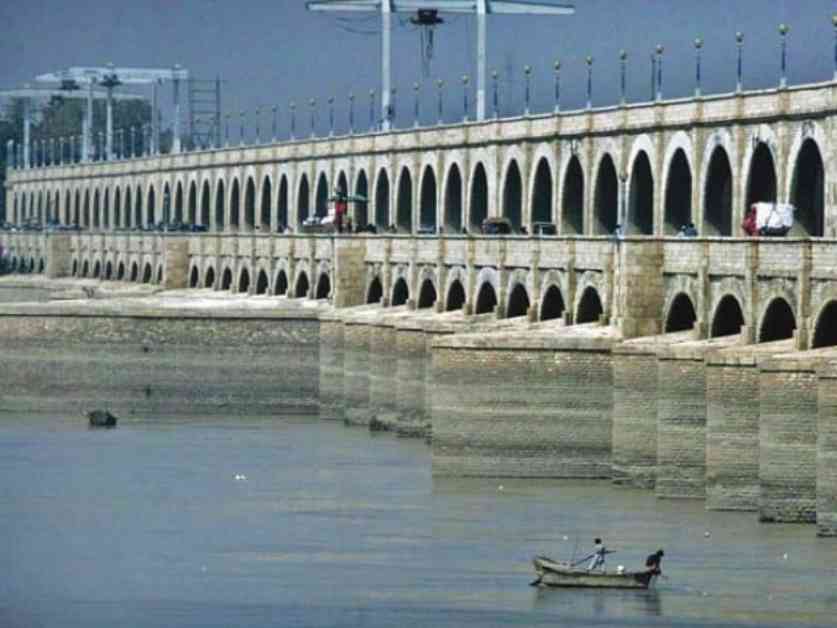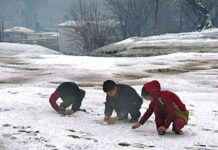Sukkur Barrage Closure Creates Water Supply Concerns
Sukkur Barrage, Pakistan’s largest irrigation system, is set to undergo a 15-day closure beginning January 6 for its annual cleaning and renovation, as reported by local media on Monday. The closure, scheduled to last until January 20, will impact all seven off-taking canals, with the structure’s gates being opened to facilitate essential maintenance as water levels decrease.
Water Supply Disruption Warning
Officials have cautioned that the closure could disrupt the city’s drinking water supply, prompting residents to prepare by storing water in advance. Local authorities have also been urged to make arrangements for alternative water sources to mitigate the impact on the community.
Historical Significance and Importance
Inaugurated in 1932 by the British Viceroy of India, Lord Wellington, the Sukkur Barrage boasts 66 gates and serves as a critical water source for multiple canals essential for agriculture in the region. The barrage’s significance in regulating water flow in the River Indus for irrigation and flood control underscores the importance of its maintenance and repair for sustaining agricultural water supply in Sindh.
Key Visit and Progress Update
Sindh’s Irrigation Minister, Jam Khan Shoro, recently visited the Sukkur Barrage to meet with Chinese engineers overseeing the repair of the gates, including Gate No. 44. The minister received updates on the ongoing progress during the visit, which also included an inspection of the development work at the barrage.
Tour and Accompanying Officials
Accompanied by Environmental Adviser Dost Muhammad Rahimoon, Sindh Assembly Member Dr. Sikandar Shoro, and other officials, Minister Shoro’s tour of the Sukkur Barrage highlighted the collaborative efforts to ensure the efficient repair and maintenance of this vital infrastructure.
The Sukkur Barrage’s upcoming closure serves as a reminder of the interconnectedness between water management, agricultural sustainability, and community well-being. As stakeholders work together to address the maintenance needs of this critical irrigation system, proactive measures and coordinated efforts are essential to minimize disruptions and secure water access for all those dependent on its operations.









